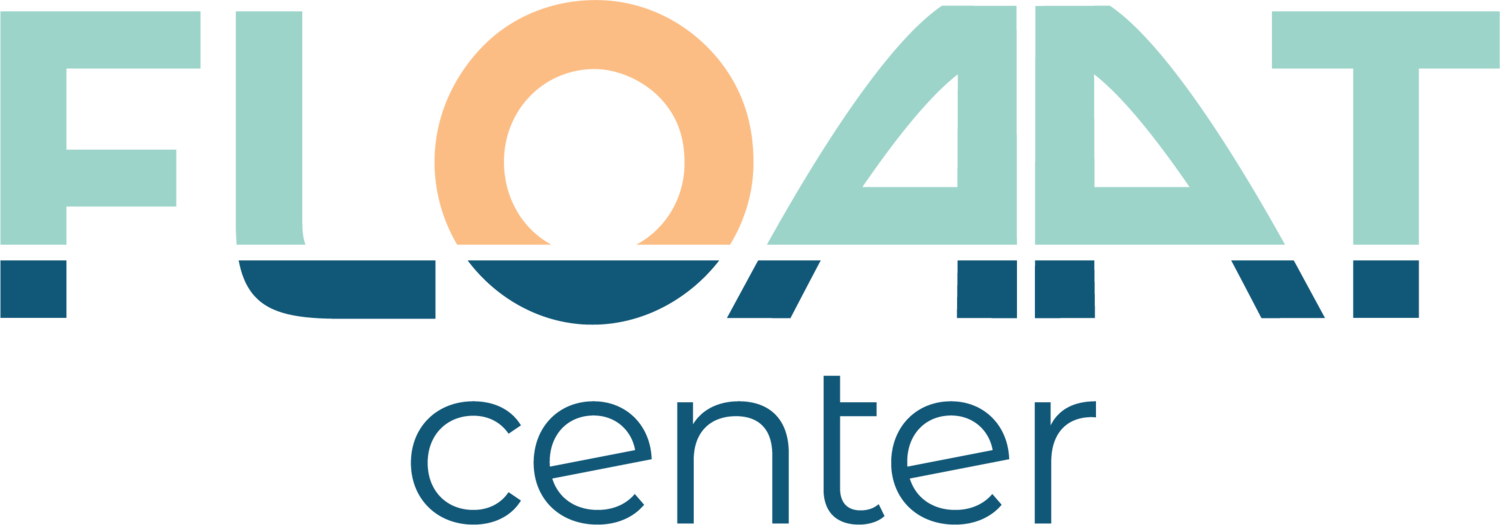Habit Reversal Training as a Solution for Hair Pulling
We can form a wide range of habits anytime we feel bored, tired, or deep in thought. It can stem from wanting to feel calmer during a triggering situation or more grounded in the moment. It could even be a nervous tick that you have picked up over time. One of the most common ones that can develop is hair pulling. While pulling your hair every so often doesn’t automatically mean that you have a disorder, there are signs to look out for that can indicate when you have crossed the threshold.
Knowing when you have developed a case of compulsive hair-pulling disorder can help you get the help and support you need. One possible treatment method to help is habit reversal training. However, many people may have yet to hear of this particular method and wonder just how effective habit reversal training can be as a solution for hair pulling
Understanding Habit Formation
If your compulsive hair pulling has stemmed from repetitive patterns, understanding how a habit forms can help visualize how habit reversal works. While it may have started as a once-off behavior if they received some form of satisfaction or positive reinforcement, the chances of continuing the action increase.
Pulling their hair may have helped get rid of a split end, released tension, or any number of physical or emotional stimuli that acts as positive reinforcement. The more we get rewarded for an action, the more likely we are to repeat the behavior. With this repetition, the habit can form consciously or subconsciously before we’re even aware of an issue.
Breaking Down a Habit and Reverse Engineering It
When it comes to treating your hair-pulling habit, understanding the components of the action helps you learn how to deal with it. These components consist of the cue, routine, and reward. Diving deeper into these three components and understanding what makes them tick can help you figure out how to break the cycle and build new habits.
The Cue
Every habit has some kind of trigger that activates your brain and compels you to act in anticipation of a reward. These triggers can range wildly in cause, but understanding your personal cues can help you gain valuable insight into your hair-pulling behavior.
The Routine
The routine is the action you perform when presented with your cue. In this case, that routine is your compulsive hair-pulling. What started as a simple stress reliever has transformed into something that has led to you pulling your hair out and causing your anxiety to take control.
The Reward
The only way for the routine to have stuck and transformed into a fully-formed habit is through being rewarded for the action. Usually, it’s a release of chemicals in the brain that we begin to associate with hair pulling and have done it long enough that we’ve formed a new habit.
How Habit Reversal Training Works
For people looking to try and fix their bad habits and stop pulling their hair in stressful situations, habit reversal training can provide the help they need. This form of cognitive behavioral training focuses on changing only one of the three components of a habit — the routine. You don’t actively fight the urge to pull, but understand what makes you want to and change the behavior into something more acceptable and less destructive.
HRT keeps the cue and reward intact but changes how we respond to the trigger. If you can replace the hair-pulling desire with something else, you can quickly start on your road to recovery. Things like awareness training, competing responses, and motivation building can help you formulate new responses and behaviors in a controlled setting with the help of our hair-pulling disorder treatments in Gainesville, FL and via telemedicine across the state of Florida.
Find a Cognitive Behavioral Therapy Program That’s Right for You
When you need to find habit reversal training as a solution for hair pulling, you want a program that has a proven track record of treating these conditions. The FLOAAT Center has helped countless patients in Gainesville and beyond find the treatments they need to make positive changes. Learn more about our programs and how we can help today.
